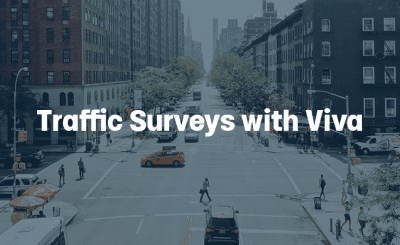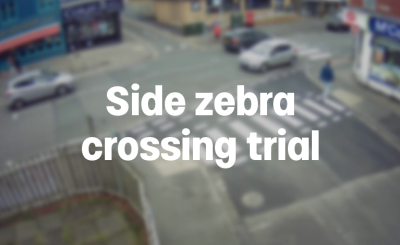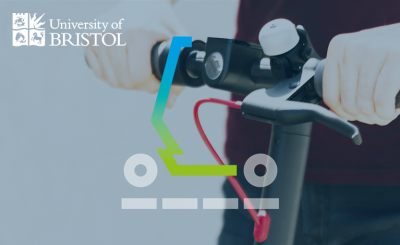 Accurate, detailed data insight to support an increase in cycling, cycle infrastructure and safety.
Accurate, detailed data insight to support an increase in cycling, cycle infrastructure and safety.
Challenge
Transport for London (TfL) are using Artificial Intelligence (AI) technology to help monitor and assess new cycle routes in the capital. Previously, TfL relied mainly on manual traffic counts to work out how many people are cycling on any given road. Manual traffic counts, which are carried out at limited locations on London’s road network, are only able to give a snapshot of road use on the given day or time. TfL aim to improve the detail and accuracy of how cyclists are using the road network to help to assess demand for new cycle routes and improve journeys for the growing numbers of people cycling.
Solution & Benefits
TfL trialled Viva sensors at two busy locations on the road network. The sensors use AI to detect road users and classify which mode of transport they are using. As well as accurately detecting people cycling, the sensors also detect people walking and other types of traffic modes, including cars, HGVs, vans and buses. The trial, which is the first time this technology has been used within London, showed that the sensors are up to 97% accurate.

Along with classified counts, the sensors also capture movement and interaction metrics, including journey time, speed and paths. With data being gathered 24/7, it has provided a significantly more detailed picture of how London’s roads are being used by everyone. It enables better understanding of usage and interactions before schemes are implemented, live data to see what is happening in real-time, and analysis to support assessment after changes have been made to see how effective they have been.
With the roll out of more sensors the data will help TfL to plan new routes as it expands London’s growing cycling network.
Data about cycling numbers is a vital part of TfL’s planning for new Cycleways across the capital. As the network continues to grow, TfL will use data from sources such as the sensors to work out where investment in new infrastructure can best be targeted. Enabling more people to walk and cycle is central to the Mayor’s efforts to tackle London’s toxic air, ill-health and the climate emergency. The Mayor’s Transport Strategy target is for 80 per cent of journeys in London made by walking, cycling and public transport by 2041.
“We work around the clock to keep people in London moving and we’re always looking for innovative new ways of making our roads safer and more efficient. New data from trials such this will be really valuable as we invest and make day-to-day decisions to enable more people to walk and cycle.” Glynn Barton, Director of Network Management, TfL.
Please contact us to discuss how our technology can help improve the efficiency and accuracy of your transportation data.








